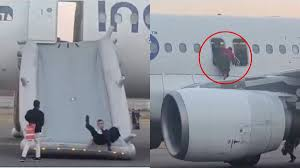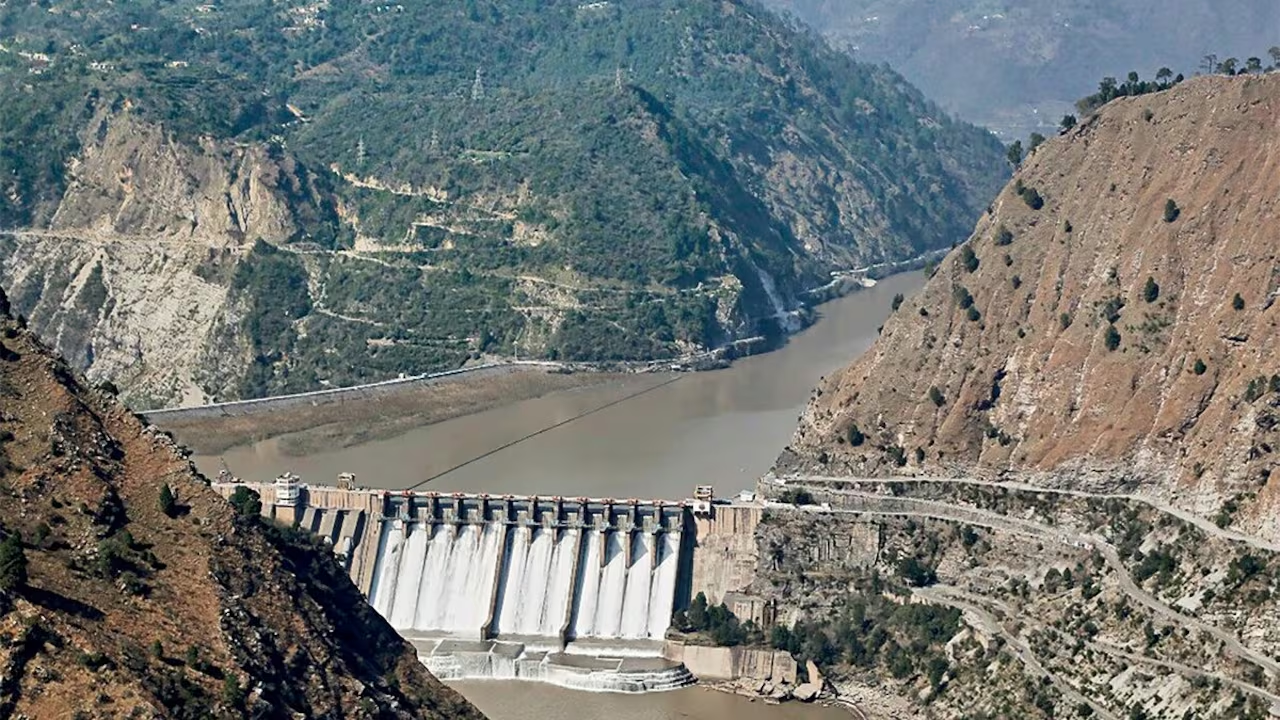- Courses
- GS Full Course 1 Year
- GS Full Course 2 Year
- GS Full Course 3 Year
- GS Full Course Till Selection
- Answer Alpha: Mains 2025 Mentorship
- MEP (Mains Enrichment Programme) Data, Facts
- Essay Target – 150+ Marks
- Online Program
- GS Recorded Course
- Polity
- Geography
- Economy
- Ancient, Medieval and Art & Culture AMAC
- Modern India, Post Independence & World History
- Environment
- Governance
- Science & Technology
- International Relations and Internal Security
- Disaster Management
- Ethics
- NCERT Current Affairs
- Indian Society and Social Issue
- NCERT- Science and Technology
- NCERT - Geography
- NCERT - Ancient History
- NCERT- World History
- NCERT Modern History
- CSAT
- 5 LAYERED ARJUNA Mentorship
- Public Administration Optional
- ABOUT US
- OUR TOPPERS
- TEST SERIES
- FREE STUDY MATERIAL
- VIDEOS
- CONTACT US
Evacuation Slides: Ensuring Safe and Swift Exits in Emergencies
Evacuation Slides: Ensuring Safe and Swift Exits in Emergencies
31-05-2024

In recent news, an Indigo flight bound for Varanasi received a bomb threat at the Indira Gandhi International Airport in Delhi. The 176 passengers onboard were swiftly evacuated using "evacuation slides."
Evacuation Slides: An Overview:
- Definition: Evacuation slides are inflatable devices that facilitate the safe exit of passengers from an aircraft during emergencies, particularly when the flight door is high above the ground.
- Types of Evacuation Slides:
- Inflatable Slide: This type allows passengers to descend to the ground directly from an aircraft exit door in case the doors are inaccessible.
- Inflatable Slide/Raft: In addition to being used as a slide, this type can also serve as a life raft in situations where the aircraft must land on water.
- Inflatable Exit Ramp: Installed to assist passengers in moving from certain overwing exits (or aircraft emergency exits) to the wings when considered a better path to reach the ground.
- Inflatable Exit Ramp/Slide: A combination ramp and wing-to-ground device designed to help passengers descend from an overwing exit or airplane wing to the ground.
- Materials and Construction:
- Evacuation slides are typically made from carbon fibers and a nylon material coated with urethane for fire resistance.
- Strong fibers are used to ensure that the slides cannot be torn while passengers are descending.
- Deployment Process:
- Evacuation slides are packed and installed within a cabin door or an external fuselage compartment.
- They are inflated using high-pressure gas carbon dioxide or nitrogen gas containers and ambient air through suction machines.
- Deployment Protocols:
- Evacuation slides must be deployed when the distance between the ground and the flight exit door is six feet or more.
- The European Union Aviation Safety Agency (EASA) guidelines require the automatic deployment of slides upon opening the door. The slide must be inflated within six to 10 seconds, depending on its location.
- Slides must be deployable in all weather conditions, including temperatures as cold as -40 degrees Celsius and as hot as 71 degrees Celsius.
- They should be able to withstand rainfall of up to one inch per hour and winds up to a speed of 46 km/hr coming from 45-degree angles around the aircraft.
Conclusion:
Evacuation slides play an important role in ensuring the safe and quick evacuation of passengers during emergency situations on board an aircraft. They come in a variety of types, each designed for specific situations, and are manufactured using durable materials to withstand extreme conditions. Deployment protocols ensure that the slides are inflated quickly and efficiently, facilitating a smooth and controlled evacuation process.
Must Check: UPSC Coaching Institute In Delhi



